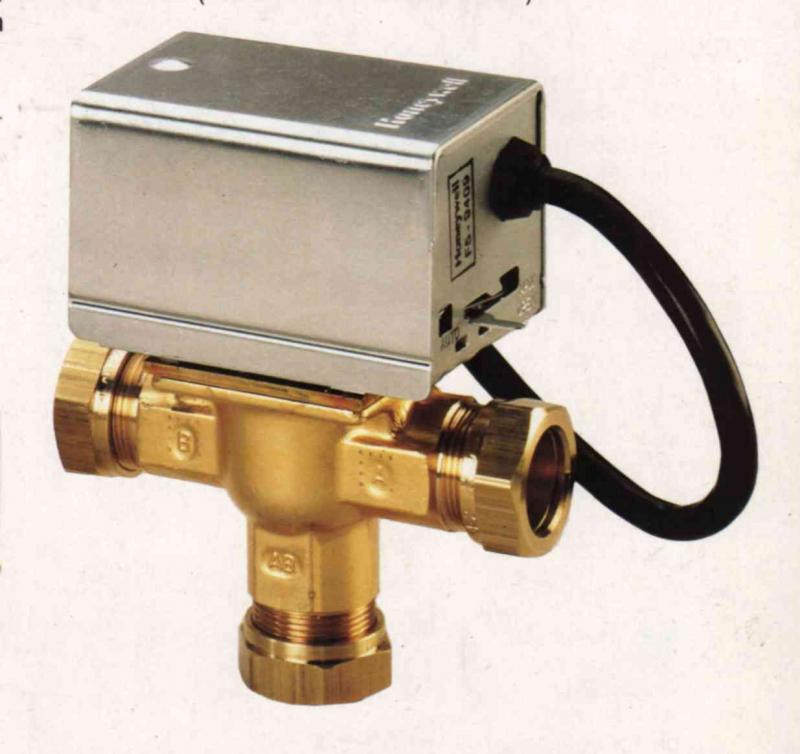Hi, I've just seen the new offer by AO for Hive thermostats for £120. I am thinking of buying this as it seems a decent price, but had not enough time to thoroughly research if it fits my old boiler (a Potterton Profile 100e). Sadly I do not have the funds to change the old boiler and as it still works fine I was hoping to update the controls with a smart thermostat.
An internet search has failed to bring up any forums to link my boiler to the Hive (or even to the Nest for that matter). Can anyone offer some advice as to if this would be compatible? I have noticed that there are 2 versions of Hive, one for systems with and one for without hot water storage tanks (mine has a hot water tank).
This is the version of Hive I suspect might work with my boiler:
https://ao.com/product/v2hahkitheat...at-kit-smart-thermostat-silver-51780-318.aspx
Many thanks for any advice.
An internet search has failed to bring up any forums to link my boiler to the Hive (or even to the Nest for that matter). Can anyone offer some advice as to if this would be compatible? I have noticed that there are 2 versions of Hive, one for systems with and one for without hot water storage tanks (mine has a hot water tank).
This is the version of Hive I suspect might work with my boiler:
https://ao.com/product/v2hahkitheat...at-kit-smart-thermostat-silver-51780-318.aspx
Many thanks for any advice.




